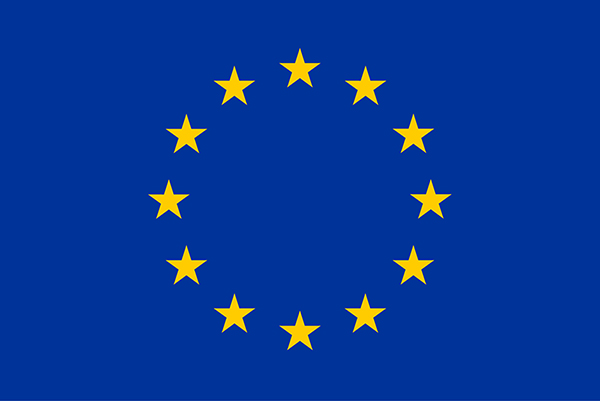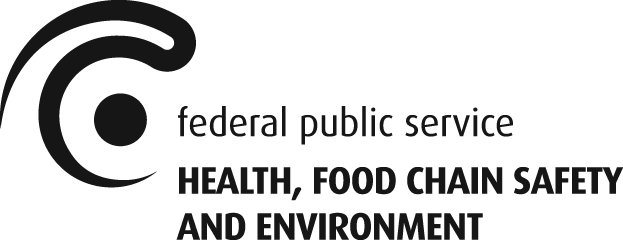Log In
If you are already a validated Data Provider click Log In and the ‘Log In’ page will open. Enter your e-mail address and your password as indicated and then click Log In. You should now go to the Homepage.
The ETIS application requires at least Internet Explorer 10 or a recent version of Google Chrome, Firefox or Safari.
Request Account
If you have not previously been recognized as a Data Provider, click Request Account and a ‘Data Provider Registration’ page will open. Fill in all of the details as indicated and click Register when you have finished and wish to submit. The ETIS Administrator will consult the most updated list of CITES Management Authorities contacts provided by the CITES Secretariat or contact your country’s Management Authority to validate your application. The validation process may take a few days so please be patient. You will be notified in due course once the validation process has been completed.
The Elephant Trade Information System -- commonly known as ETIS -- is the CITES-mandated tool to track illegal trade in elephant ivory and other elephant products. Managed and operated by TRAFFIC on behalf of the CITES Parties, ETIS has been designed to establish trends in illicit elephant product trade and changes in trends over time, and to assess whether or not such trends are related to CITES decisions for elephant conservation. The objectives for ETIS are also common to the other CITES programme, Monitoring Illegal Killing of Elephants or MIKE, which tracks poaching of elephants in the wild through a site-based system encompassing Africa and Asia.

| Two young Indian Elephants, Kaziranga National Park, Assam Credit: Ola Jennersten / WWF-Canon | Breeding herd of African Elephants, Amboseli National Park, Kenya Credit: Martin Harvey / WWF-Canon |
First mandated by the CITES Parties at the 10th meeting of the Conference of the Parties in 1997 through Resolution Conf. 10.10 Trade in elephant specimens, ETIS holds the details of reported ivory and other elephant product seizures that have taken place anywhere in the world since 1989. The seizures database is supported by a series of subsidiary database components that assess law enforcement effort and efficiency, rates of reporting, governance, economic factors, domestic ivory markets and other background variables that are time-based and country-specific. Since 2002, ETIS has produced comprehensive analyses of the ETIS data for consideration at each meeting of the CITES Conference of the Parties.
Resolution Conf. 10.10 directs that “All Parties should provide information on seizures and confiscations of ivory or other elephant specimens … within 90 days of their occurrence.” In this regard, the CITES Parties are regarded as ‘Data Providers’ to ETIS. The ETIS website has been designed to provide Data Providers that are designated by their respective CITES Management Authorities with an on-line data submission facility so that elephant product seizure data can be delivered to ETIS through an internet platform. Further, CITES Parties may also use this facility to review or download the data in ETIS which relates to them, to retrieve summary reports of the ETIS data and to obtain other outputs that may be available from time to time. The ETIS website will keep you connected with the data in ETIS and how they relate to your country. TRAFFIC welcomes you as a Data Provider to the ETIS website!
| Scanned image of a container of a timber shipment, but also a secret compartment, Hong Kong SAR, May 2006 Credit: Hong Kong SAR CITES Management Authority | The raw ivory seized from that secret compartment. Credit: Hong Kong SAR CITES Management Authority | Domestic Ivory market in Kinshasa, Democratic Republic of Congo, 2007 Credit: JF Lagrot / TRAFFIC |











